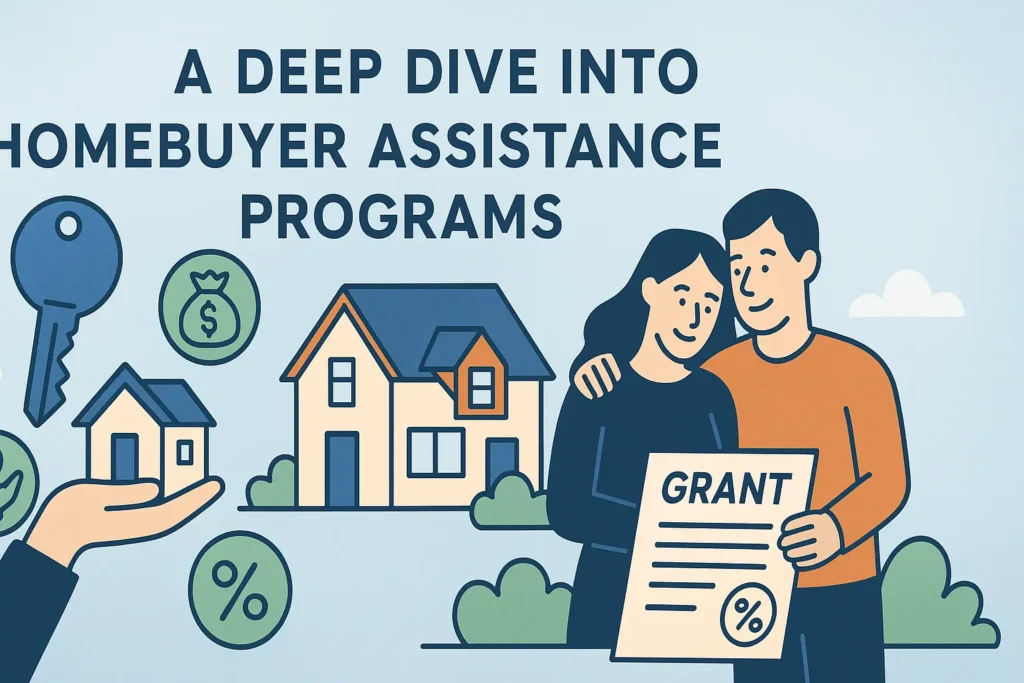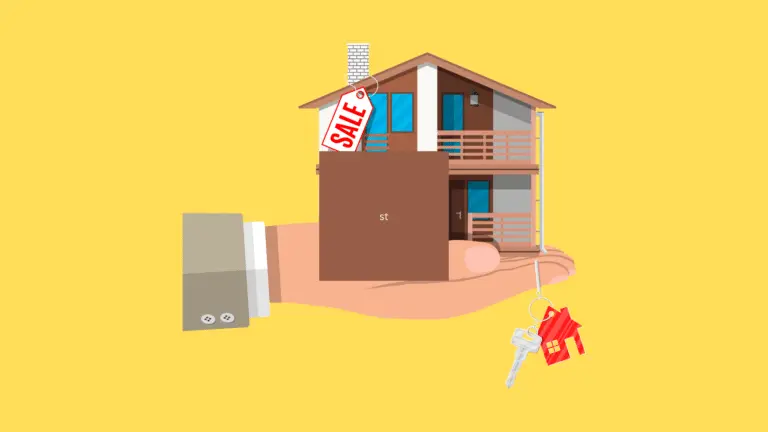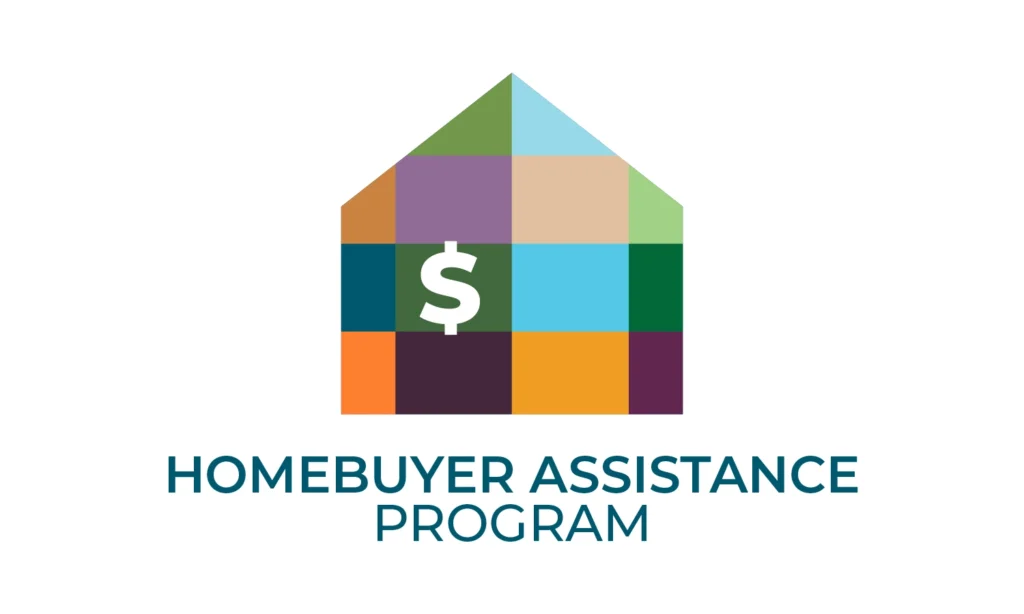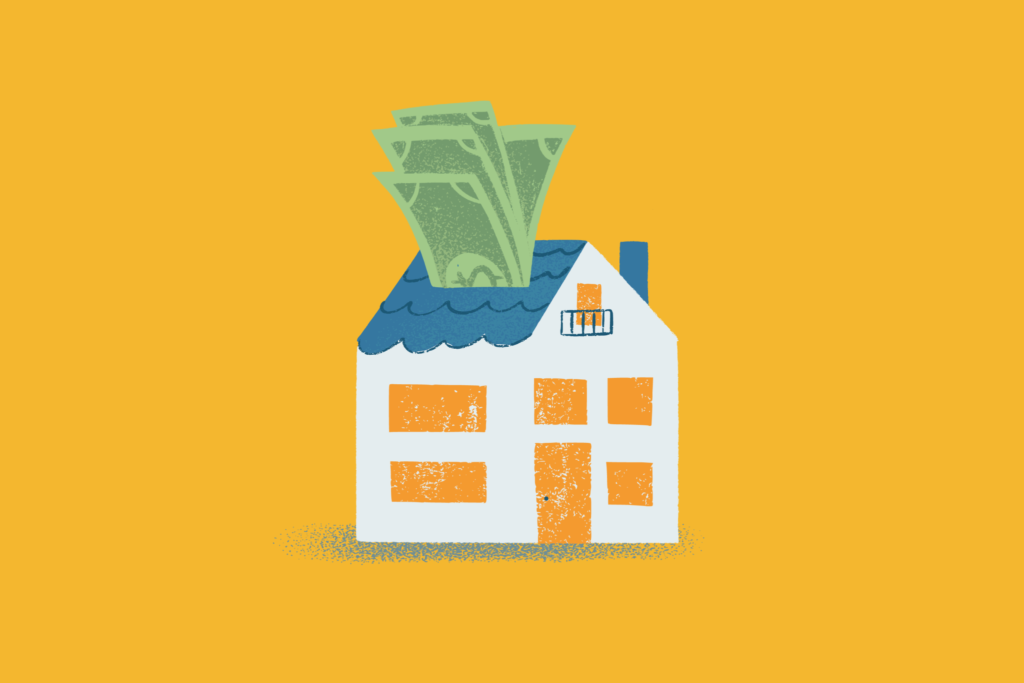The American dream still includes the hope of owning a home. In 2025, it may seem hard to find your way to homeownership because of changing economic conditions, interest rates, and real estate trends. Fortunately, programs that help homebuyers are still very important for first-time buyers and people who are having trouble with money. Anyone thinking about buying a home needs to know about these programs, what they can do for them, and how they’ve changed to fit the current market.
The Landscape of Homebuyer Assistance Programs in 2025

The real estate market in 2025 is a mix of recovery and new ideas. In response to the problems caused by the pandemic and the changes that followed in the economy, homebuyer assistance programs have grown to meet new needs. These programs offer a variety of ways to help, such as help with the down payment, tax credits, lower interest rates, and educational materials.
Key Types of Assistance Programs
- Down Payment Assistance (DPA):
- What It Is: These programs provide grants or loans to cover the upfront costs of a home purchase.
- Who It Benefits: First-time buyers or individuals with moderate to low incomes.
- Notable Changes in 2025: Many states have increased funding for DPAs to offset rising home prices.
- First-Time Homebuyer Tax Credits:
- How It Works: Buyers receive tax incentives, either as a one-time credit or ongoing deductions.
- Example: The revamped federal tax credit offers up to $15,000 for eligible buyers.
- Government-Backed Loans:
- Examples: FHA, USDA, and VA loans.
- Why They Matter: They often require lower down payments and offer more favorable terms.
- Educational Workshops and Counseling:
- These programs help buyers understand the financial and logistical aspects of homeownership.
- Many now offer virtual options to increase accessibility.
Updated Eligibility Criteria
The requirements to get into these programs have become more flexible. For example, some programs are now less strict about student loan debt, and others have raised the income limits to keep up with inflation.
| Program Type | Key Eligibility Factors | Notable Features |
|---|---|---|
| Down Payment Assistance | Income limits, first-time status | Grants up to $25,000 in some states |
| FHA Loans | Credit score, debt-to-income ratio | Down payments as low as 3.5% |
| VA Loans | Military service | No down payment, competitive interest rates |
The Benefits of Homebuyer Assistance Programs

1. Making it possible to own a home
The first down payment is the hardest part for a lot of buyers. Assistance programs make this barrier smaller or go away completely, allowing people to enter the market sooner and build equity over time.
2. Money safety and education
Educational programs help buyers make smart choices, which lowers the chance of default. This long-term stability is good for both homeowners and the economy as a whole.
3. Closing the Gap
By helping communities that don’t have enough representation, promoting economic mobility, and making neighborhoods more diverse, homebuyer assistance programs help fix systemic housing problems.
Tips for Maximizing Program Benefits

- Research Local Options: Many states and municipalities offer unique programs tailored to their residents. Start by contacting your local housing authority.
- Improve Your Credit Score: A higher credit score increases your eligibility for better programs and favorable loan terms.
- Seek Pre-Approval: Pre-approval demonstrates your seriousness as a buyer and helps you understand your purchasing power.
- Combine Benefits: Some programs can be used together, such as combining a tax credit with down payment assistance for maximum savings.
Future Trends in Homebuyer Assistance
- Increased Digital Integration:
- Programs now offer streamlined applications through online platforms.
- AI tools assist in matching buyers with the best-suited programs.
- Sustainability Incentives:
- Green home grants and low-interest loans for energy-efficient properties are becoming more common.
- Focus on Affordability in High-Cost Areas:
- Special programs target metropolitan areas where housing costs remain disproportionately high.
Challenges and Considerations

While these programs are invaluable, they’re not without challenges:
- Application Complexities: Some programs have extensive documentation requirements.
- Funding Limitations: Popular programs may run out of funds quickly.
- Market Competition: In a seller’s market, sellers may favor cash buyers over those relying on assistance.
Conclusion: Unlocking the Door to Homeownership
In 2025, homebuyer assistance programs will be a huge help for people trying to figure out the complicated real estate market of today. These programs give buyers the money, education, and personalized help they need to make their dream of owning a home come true. These resources not only make it possible for first-time buyers, veterans, and people in underserved communities to own a home, but they also help them build wealth and financial stability for future generations.
Knowledge is power, so keep that in mind as you think about buying a home. Look into your options, get ready carefully, and use the tools at your disposal to make smart choices. The changing nature of programs that help people buy homes is meant to make sure that owning a home isn’t just a dream for many people. Use this guide as a starting point, and remember that you have access to the right resources and support as you begin your journey.




